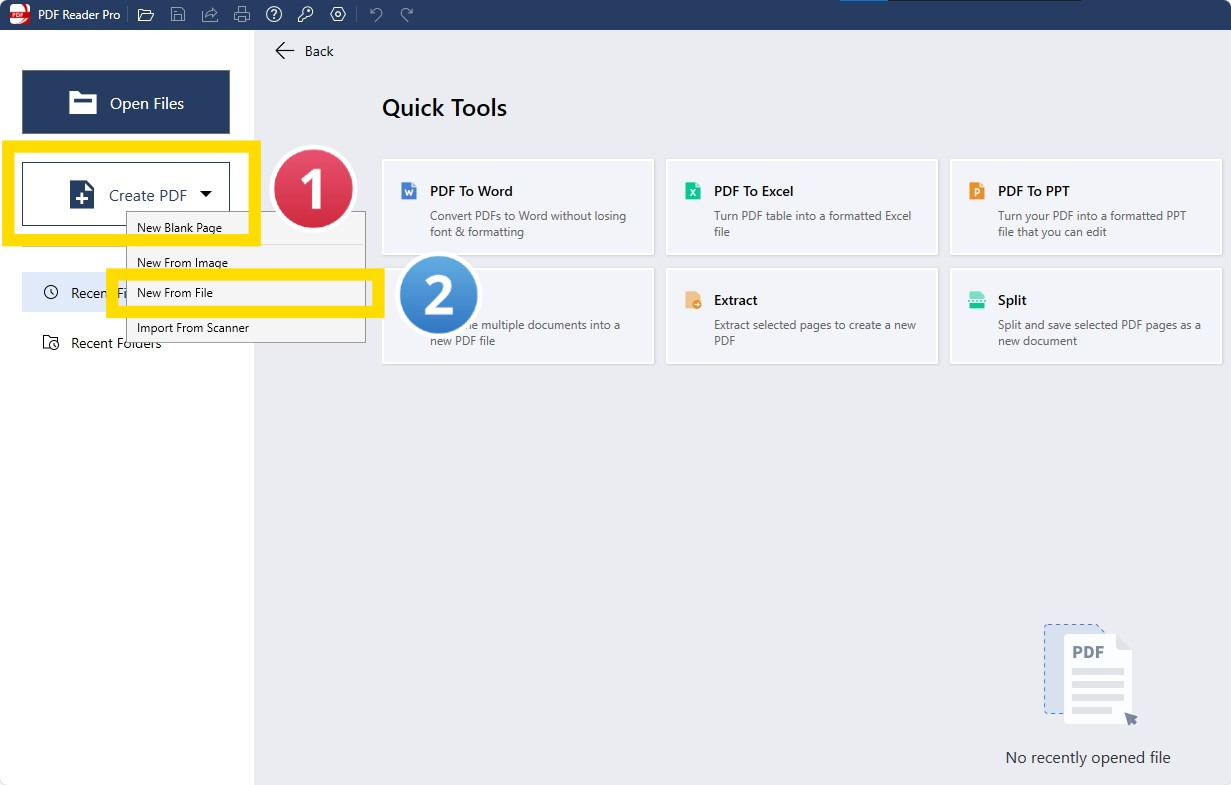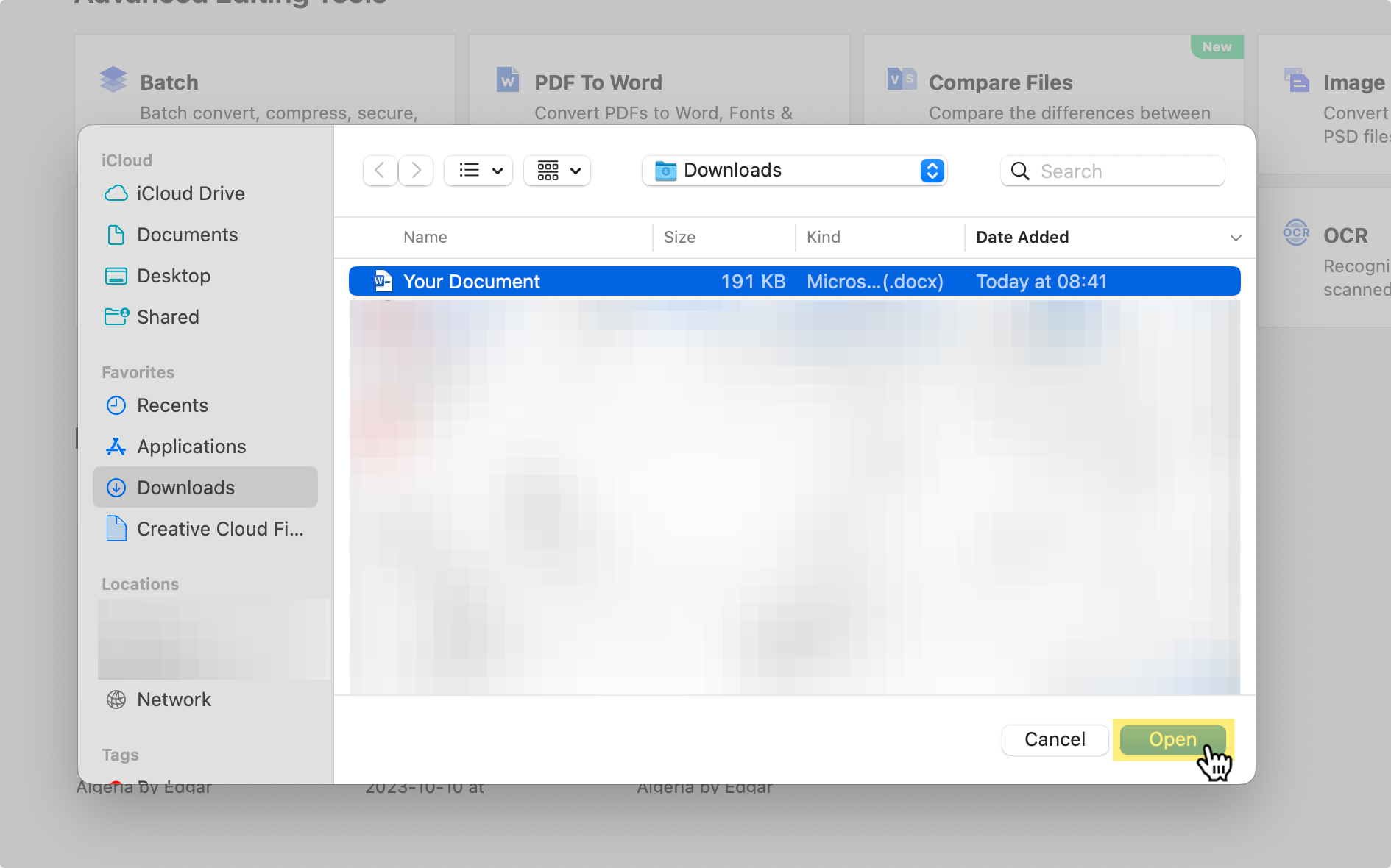Writing a book is a journey of creativity and discipline, a dream for many aspiring authors.
Whether you aim to become a bestselling author or simply wish to share your stories, the process from conceptualizing a book idea to publishing your words is challenging and rewarding.
This guide outlines the essential steps in writing a fiction novel, providing insights and tips to help you navigate the writing process successfully.
1. Finding Your Book Idea: Unleashing Your Creative Potential
The journey of writing a book starts with a single, yet powerful element – the book idea. This initial concept is the foundation upon which your entire book is built.
Whether you're a first-time author or an experienced writer, the process of uncovering and developing a book idea is a critical step in your writing journey.
Steps to Uncover and Develop Your Book Idea:
-
Reflect on Personal Experiences: Often, the most compelling book ideas come from personal experiences. Reflect on moments in your life that sparked strong emotions or thoughts. These experiences can form the basis of a relatable and engaging story.
-
Explore Imaginative Scenarios: Don’t be afraid to let your imagination run wild. Think about 'what if' scenarios, fantasy worlds, or innovative concepts that haven’t been explored in literature. Sometimes, the most successful books are born from the most unexpected ideas.
-
Draw Inspiration from the World Around You: Current events, historical incidents, or even a conversation can spark an idea. Keep your mind open to the world around you; inspiration can come from the most unlikely places.
-
Identify Themes and Genres that Resonate with You: Consider the themes and genres that you enjoy as an avid reader. Are you drawn to mystery, romance, science fiction, or perhaps nonfiction? Your passion for a particular genre will shine through in your writing.
-
Understand Your Target Audience: Think about who will be reading your book. Understanding your ideal reader can help you tailor your idea to meet the interests and expectations of your target audience.
Practical Tips for Idea Development:
-
Keep a Notebook or Digital Document: Regularly jot down thoughts, snippets of conversations, or observations. Tools like Google Docs can be handy for organizing these notes. A simple piece of paper or a dedicated notebook also works great for capturing ideas on the go.
-
Set Aside Time for Brainstorming: Dedicate regular time for brainstorming sessions. This could be part of your daily writing habit. Use this time to expand on the ideas you’ve noted, exploring different angles and possibilities.
-
Utilize Book Writing Software for Organization: Consider using book writing software to organize and develop your ideas. These tools often offer features to help structure your thoughts and expand them into a more coherent outline for your entire book.
-
Engage with Fellow Writers: Share your ideas with fellow writers or join a writing group. Feedback from peers can offer new perspectives and help refine your idea.
-
Establish Writing Goals and Sessions: Set clear goals for developing your idea. This might include a target word count for an outline or dedicated writing sessions focused solely on idea development.
Remember, finding and developing your book idea is the first critical step in your journey to becoming a successful author. Take the time to nurture this process, and you’ll lay a strong foundation for your entire book.
Learn how to craft a compelling college admission essay with our quick guide.
2. Crafting a Detailed Outline
Creating a detailed outline is a crucial step in the writing process, serving as a blueprint for your entire book.
This outline provides a clear structure for your story, ensuring that all elements of your plot and character development are well-organized and cohesive.
These templates offer a structured approach to plotting your story, ensuring that you cover all necessary aspects of narrative development.
-
Choosing the Right Template: Select a template that best suits the genre and style of your book. Different genres have different structural requirements, and the right template can guide you in meeting these.
-
Structuring Your Narrative: Use the template to plot out key story elements such as the introduction, rising action, climax, and resolution. Ensure that your narrative flows logically and maintains the reader's interest throughout.
-
Developing Character Arcs: An effective outline includes detailed character development. Sketch out how your characters will evolve throughout the story, ensuring that their growth is realistic and compelling.
-
Planning Chapters and Scenes: Break down your outline into chapters and scenes. This not only helps in organizing your thoughts but also gives you a clearer idea of the pacing and progression of your story.
We have lots of cinema and film-related interviews recommending a wide range of books from the history of cinema to manuals on how to write screenplays and direct. https://t.co/9enHxqP3UQ … …
— Five Books (@five_books) November 14, 2023
Integrating Research and Ideas
If your book requires research, integrate your findings into the outline. This is particularly important for genres like historical fiction or nonfiction books.
-
Incorporating Research: Make sure that any historical, scientific, or factual information is accurately represented and naturally woven into the narrative.
-
Balancing Creativity and Structure: While it's important to stick to your outline, allow room for creativity. Sometimes the best ideas come during the actual writing process.
Refining and Revising Your Outline
Your outline is not set in stone. As you delve deeper into the writing process, you might find that certain aspects of your story need to be adjusted.
-
Seeking Feedback: Share your outline with fellow writers or a professional editor. Constructive feedback can help you identify areas that need improvement.
-
Flexibility is Key: Be open to making changes to your outline. The story might evolve as you write, requiring adjustments to the original plan.

3. Setting Up Your Writing Space and Schedule
Establishing a conducive writing space and a disciplined writing schedule is pivotal for any author, whether a first-time author or a seasoned bestselling writer in the traditional publishing space.
This setup is not just about physical space but also involves time management, creating a routine that fosters a consistent writing habit, essential for meeting your writing goals.
This is an important habit for any future bestselling author.
Crafting Your Ideal Writing Space
-
Personalize Your Space: Tailor your writing space to your comfort and needs. It could be a quiet corner in your home, a local café, or even a library. The key is to find a place where you feel focused and inspired.
-
Essential Tools: Ensure your writing space is equipped with the necessary tools—be it a laptop, plenty of paper and pens, or specific software that aids in the writing process. The less time you spend searching for tools, the more time you have for actual writing.
-
Minimize Distractions: A distraction-free environment is crucial. Consider things like noise levels, internet access, and other factors that might interrupt your writing flow.
I hope that this book kindles the spirits of those who read it, and enables them to pay just a little more attention to what nourishes their souls... Madison Margolin On How To Write A Book That Sparks A Movement @AuthorityMgzine https://t.co/vIHsEpNjeG
— Madison Margolin (@margolinmadison) November 8, 2023
Establishing a Writing Schedule
-
Consistency is Key: Set a writing schedule that works for you. It could be a specific time of day or designated days of the week dedicated solely to writing.
-
Realistic Goals: Set achievable writing goals, such as a daily word count target or a specific number of writing sessions per week. This helps in tracking your progress and keeps you motivated.
-
Flexibility: While consistency is important, be flexible. If you miss a session, adjust your schedule accordingly. The goal is to maintain a steady pace without feeling overwhelmed.
Monitoring Your Progress
-
Track Your Writing Time: Keep a record of your writing sessions. Note down the duration of each session and the word count achieved. This not only helps in maintaining discipline but also in understanding your most productive times.
-
Review and Adjust Goals: Regularly review your progress. If you find your goals too challenging or too easy, adjust them. The idea is to keep yourself challenged but not stressed.
-
Stay Motivated: Celebrate small milestones in your writing journey. Completing a chapter, hitting a word count goal, or receiving positive feedback from fellow writers are all achievements worth celebrating.
Discover how to write on a PDF with our easy-to-follow instructions, enhancing your document editing skills.
4. Beginning the Actual Writing
Embarking on the actual writing of your book is a significant milestone in your journey as an author.
This phase is about bringing your ideas and outline to life through the written word.
The first draft is particularly crucial as it lays the foundation for your entire book.
Embracing the First Draft
-
Focus on Progress, Not Perfection: The first draft is not about creating a flawless manuscript. It's about getting your story out of your head and onto the page. Allow yourself to write freely without worrying about the little details.
-
Writing without Judgment: Give yourself the freedom to write without self-criticism. This is not the stage for editing. Let your creativity flow, knowing that you can refine and reshape the draft later.
-
Setting Realistic Expectations: Understand that the first draft is just the beginning. It's normal for this version to be far from your final product. Be patient with the process and with yourself.
Developing a Writing Routine
-
Consistent Writing Sessions: Establish regular writing sessions. Whether you write daily or a few times a week, consistency is key to making steady progress.
-
Meeting Writing Goals: Set achievable goals for each session, like a certain word count or completing a specific scene. These goals will give you a clear target to aim for each time you sit down to write.
-
Adapting to the Writing Process: Be open to learning and adapting your writing technique. Each session is an opportunity to improve and grow as a writer.
Overcoming Writer's Block
-
Taking Breaks: If you hit a creative block, take a short break. Sometimes stepping away can help clear your mind and bring new perspectives.
-
Seeking Inspiration: Read books, watch movies, or engage in other creative activities to spark inspiration. Sometimes, ideas come from the most unexpected sources.
-
Discussing with Fellow Writers: Share your challenges with fellow writers. They can offer advice, encouragement, and different viewpoints that might help you overcome writer's block.

5. Revising and Editing
Once you've completed the first draft of your book, the next critical step is revising and editing.
This phase is about refining your story, characters, and dialogue, ensuring that your book resonates with your target audience and meets the standards of the publishing industry.
Self-Editing: The First Layer of Refinement
-
Analyzing Your Narrative: Start by reading through your entire manuscript. Look for plot inconsistencies, character development issues, and areas where the dialogue doesn't feel authentic.
-
Focusing on Language and Style: Pay attention to your writing style. This includes checking for grammatical errors, refining sentence structures, and ensuring that your language is engaging and appropriate for your ideal reader.
-
Maintaining Consistency: Ensure that your story maintains a consistent tone and that your characters' actions and dialogues are in line with their development throughout the book.
Seeking Feedback: Gaining New Perspectives
-
Utilizing Fellow Writers: Share your manuscript with fellow writers or a writing group. Their insights can be invaluable, offering fresh perspectives and constructive criticism.
-
Considering the Opinions of Beta Readers: Beta readers, especially those who represent your target audience, can provide feedback on how your story resonates with readers.
-
Balancing Feedback with Personal Vision: While feedback is important, balance it with your own vision for the book. Not all advice will align with the story you want to tell.
Hiring a Professional Editor
-
The Role of Professional Editors: After self-editing and incorporating feedback, consider hiring a professional editor. They can provide a thorough analysis and suggest improvements that you might have overlooked.
-
Choosing the Right Editor: Look for an editor experienced in your genre. Their expertise will be crucial in enhancing your manuscript and preparing it for the publishing process.
-
Implementing Editorial Suggestions: Work collaboratively with your editor. Their suggestions can significantly elevate the quality of your book, making it more appealing to literary agents and publishing houses.
Preparing for Cover Design and Publishing
-
Planning Your Book Cover: While revising your manuscript, start thinking about your book cover design. The cover is a critical element in attracting readers and should reflect the essence of your story.
-
Understanding the Publishing Process: Familiarize yourself with the publishing industry standards, whether you're considering traditional publishing or self-publishing. This knowledge will be invaluable as you move towards publishing your book.
Explore more insights by checking out our article on How to Write an Autobiography.
How to Convert Your Book to PDF on Windows
Once you've finished your book in Word, you can convert it to a PDF for high-quality reading and editing purposes.
Check out our Windows guide below:
Step 1: Open PDF Reader Pro and click on "Create PDF"
Click on "New From File"

Step 2: Select your Word file

Step 3: Read, edit, and annotate your PDF file
Make use of PDF Reader Pro's editing and annotation tools

Learn how to write a CV using our template with our straightforward guide, designed to boost your job prospects.
How to Convert Your Book to PDF on Mac
Use the advanced features offered by PDF Reader Pro to convert Microsoft Word documents to PDF files with ease on your Mac operating system.
Step 1: Click the File Button
Select "New" and "From File" from the drop-down options to use our PDF tools. 
Step 2: Go to Your Microsoft Word File Location
Find the Word document file format you want to convert and proceed to secure file uploading into PDF Reader Pro. 
Step 3: Save Your New PDF Document

How to Write a Book: Best Practices
Writing a book is a journey filled with challenges and learning opportunities.
To navigate this journey successfully, it's important to adopt best practices that have aided thousands of authors, from J.K. Rowling to emerging writers, in crafting compelling narratives.
This section highlights key practices that can enhance your writing process and help you achieve your writing career goals.
Developing a Strong Writing Voice
-
Understanding Your Unique Voice: Every successful writer has a distinct writing voice. Spend time understanding and developing your voice. This includes your choice of words, tone, and the overall style that makes your narrative unique.
-
Avoiding Overuse of Passive Voice: Passive voice can make your writing seem distant or impersonal. Aim for an active voice to create a more engaging and direct connection with your readers.
Setting Realistic Writing Goals
-
Daily Word Count Goals: Setting a daily word count goal helps in maintaining a steady progress. This could vary from a few hundred to a couple of thousand words, depending on your schedule and writing habits.
-
Weekly and Monthly Targets: Apart from daily goals, set weekly and monthly targets. These help in keeping track of your larger progress and ensure that you are consistently moving towards completing your book.
Organizing Your Writing
-
Creating a Detailed Outline: A detailed outline is essential, especially for complex narratives. It acts as a roadmap and keeps you focused on the trajectory of your plot and character development.
-
Using Tools Like Google Docs: Leverage digital tools such as Google Docs for organizing your manuscript, research notes, and outlines. These tools offer accessibility and ease of editing.
Embracing the Role of an Avid Reader
-
Reading Widely: Successful writers are often avid readers. Reading a wide range of books, including those outside your genre, can provide fresh ideas and new perspectives on writing.
-
Analyzing Successful Works: Study bestselling books and authors like J.K. Rowling. Understand what makes their stories captivating and how they structure their narratives.
Seeking Guidance and Feedback
-
Engaging with Fellow Writers: Collaborate with other writers for feedback and support. Fellow writers can offer valuable insights and critiques based on their experiences.
-
Considering a Writing Coach: If you're new to writing, or if you find yourself stuck, a writing coach can provide personalized guidance and help you hone your skills.
Understanding the Publishing Industry
-
Researching the Market: Stay informed about the trends and requirements of the publishing industry. This knowledge is crucial whether you aim for traditional publishing or self-publishing.
-
Preparing for Submission: If you're considering traditional publishing, understand what literary agents and publishing houses are looking for. Tailor your submissions to meet their criteria.
Discover how to write a resume with no experience using our expert tips, helping you stand out to employers.
How to Write a Book: FAQ
How Important Are Chapter Titles in a Book?
Chapter titles play a significant role in structuring your book and can enhance the reader's experience. Good chapter titles give a hint of what's to come without giving away too much, thereby keeping the reader intrigued. They are particularly effective in genres where suspense and progression are key.
Should I Have Sample Chapters Ready Before Approaching Potential Agents?
Yes, having sample chapters ready is advisable when approaching potential agents. These chapters should showcase your best writing and represent the style and tone of your book. They give agents a glimpse of your ability to tell a story and can be crucial in their decision to represent you.
How Often Should I Update My Blog Post About My Writing Journey?
Updating your blog post regularly can be a great way to connect with your readers and build an audience. Consider making updates weekly or bi-weekly, sharing insights into your writing process, challenges, and successes. This keeps your audience engaged and invested in your journey.
How Do I Handle the Passage Of Time in My Novel?
Handling the passage of time in your novel requires a delicate balance. You can use tools like timestamps, dates, or even changing seasons. The key is to ensure clarity for the reader while maintaining the flow and pacing of the story.
What's the Best Way to Approach Difficult Situations in Writing?
Approaching difficult situations in writing demands sensitivity and authenticity. Understand your primary audience and the message you want to convey. Research and empathy are crucial in writing about situations that are complex or sensitive.
How Can I Make My Book Stand Out Among Popular Books?
To make your book stand out, focus on a unique angle or fresh perspective in your story. Ensure your writing is polished and your narrative is compelling. An amazing book often combines a gripping plot with deep, well-developed characters.
Is Setting Realistic Goals Important in My Writing Plan?
Absolutely. Setting realistic goals helps in maintaining a steady progress and avoids burnout. This could be in the form of daily word count goals or weekly writing milestones. Realistic goals keep you motivated and on track with your writing plan.
How Can I Improve My Writing Skills?
Improving your writing skills involves regular practice, reading widely, seeking feedback, and being open to learning. Consider attending writing workshops, engaging with a writing coach, or joining writing groups. Remember, every successful writer was once a beginner, and continuous learning is key.
Should I Self-Publish or Seek Traditional Publishing Avenues?
The choice between self-publishing and seeking traditional publishing avenues depends on your goals and resources. Self-publishing gives you more control and higher royalties, while traditional publishing offers broader distribution and professional marketing. Research both options to see which aligns best with your goals.
What Should I Consider When Creating Cover Art for My Book?
Your cover art should reflect the theme and tone of your book. It's the first thing potential readers see, so it should be eye-catching and professional. Consider hiring a professional designer and look at cover art in your genre for inspiration.








 Free Download
Free Download  Free Download
Free Download 





 Support Chat
Support Chat